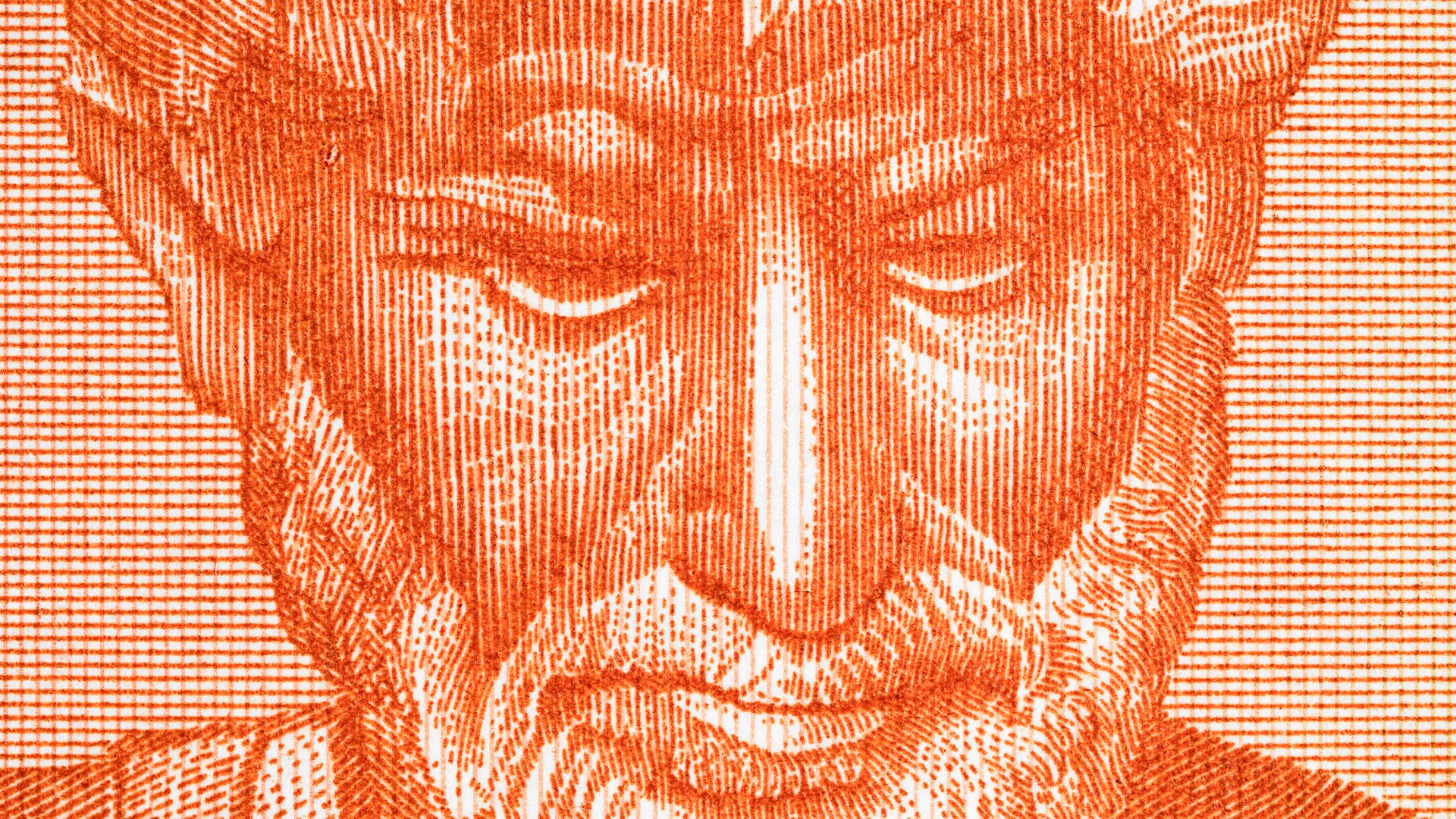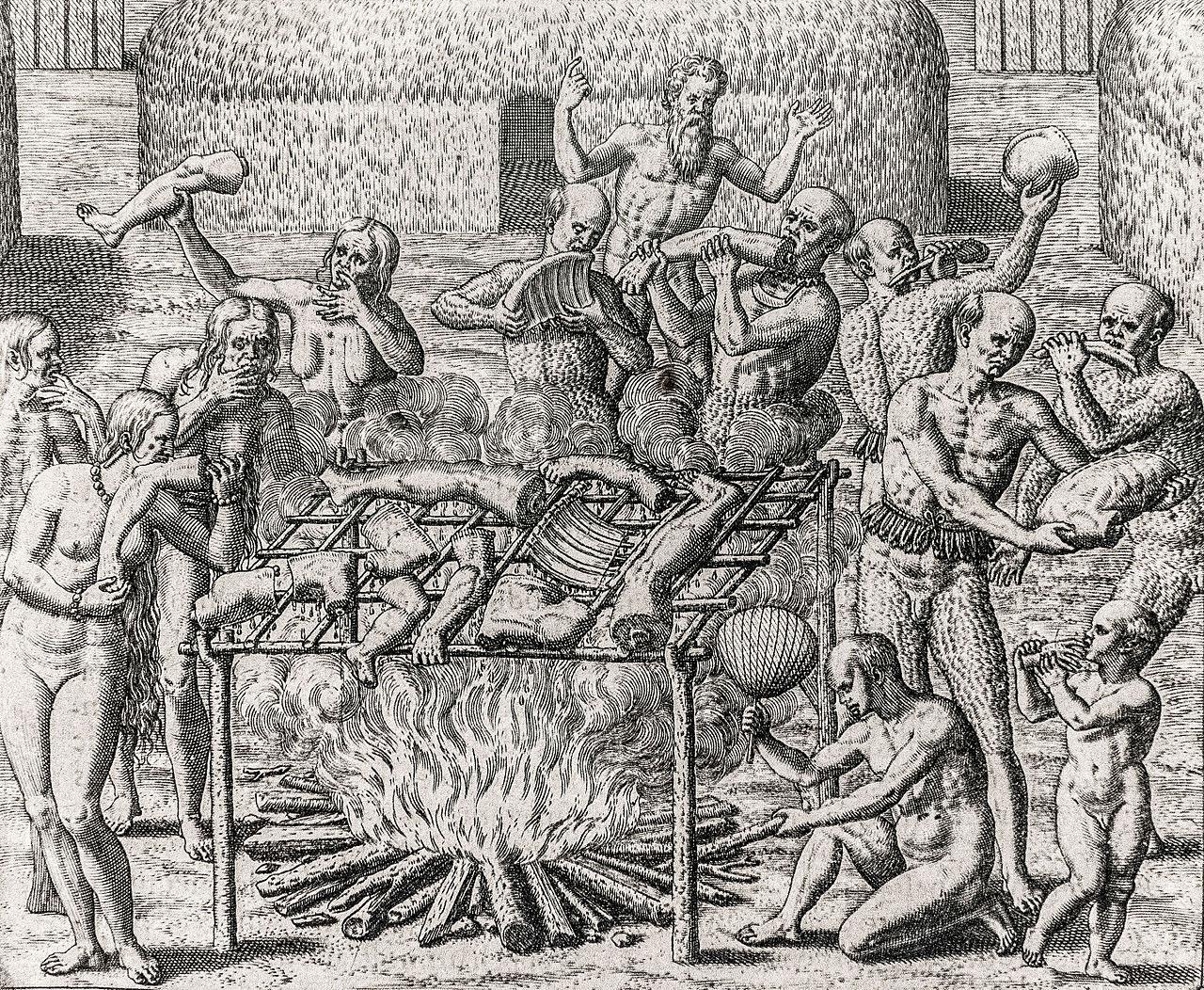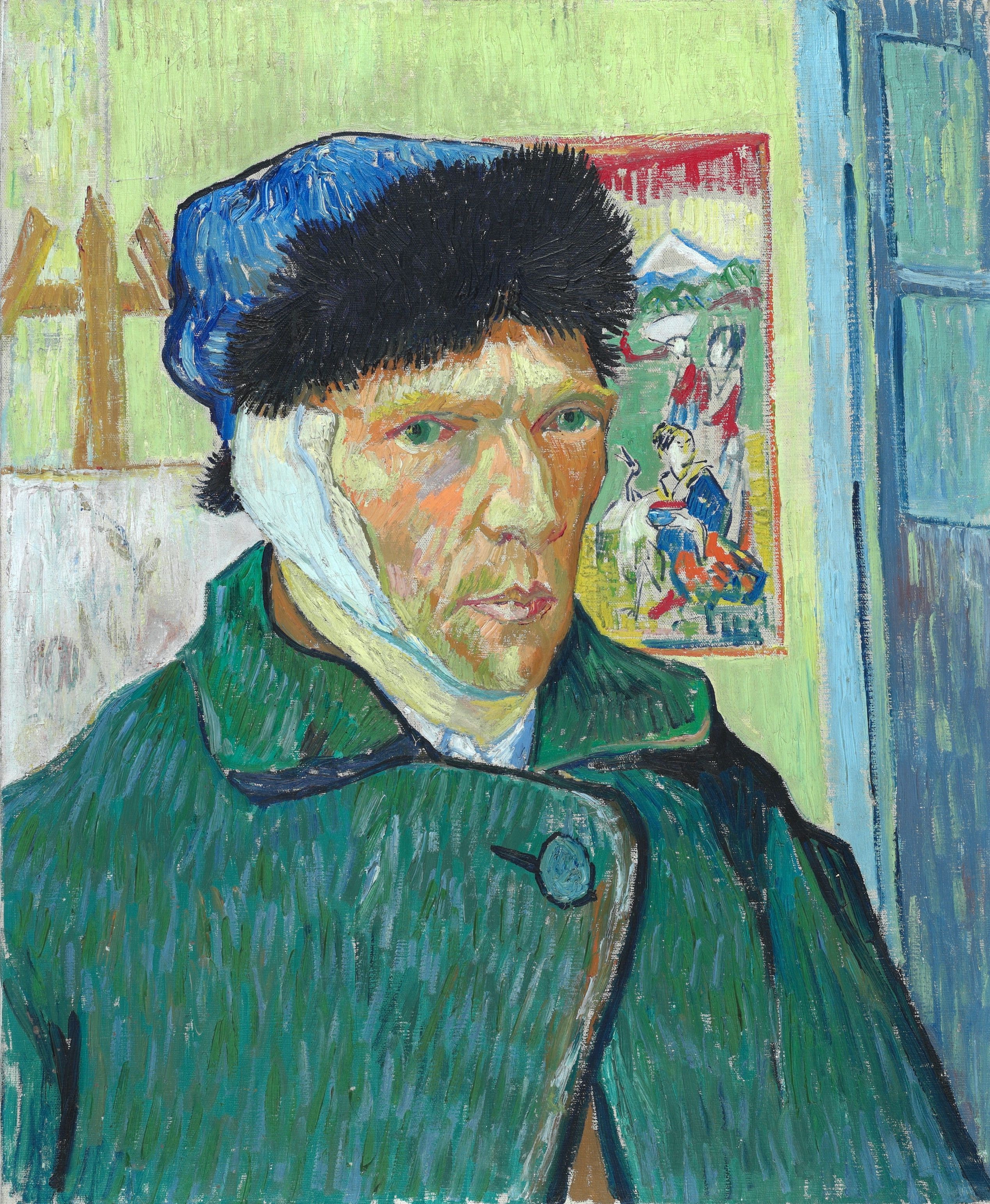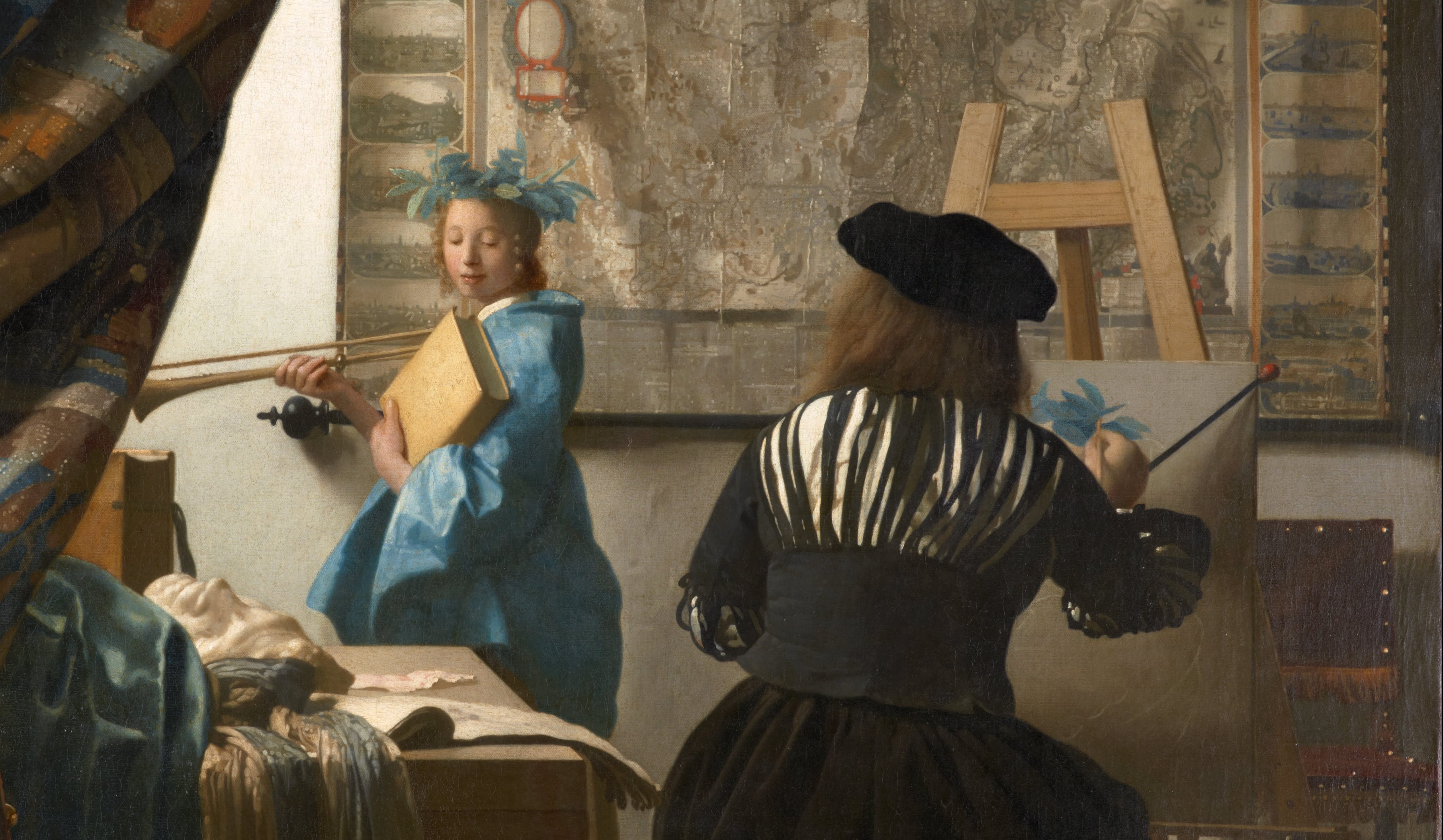Thinking Globally: Cultural Contact and the Making of European Art

Everyone loves labels. Italian Renaissance, French Baroque, Classical Greek—such little conveniences help us understand and comprehend the often tangled and messy reality of artists and art movements, which, like any living thing, are always more complex and fascinating than any label can express. Cultural Contact and the Making of European Art Since the Age of Exploration, a collection of essays edited by Mary D. Sheriff, chair of the art department of The University of North Carolina, takes on the enduring, monolithic, and inadequate label of “European Art” by questioning what goes into that concept. Rather than completely reject the label, however, Sheriff explains, she and her fellow essayists “aim… to loosen and redraw the boundaries of what has constituted ‘European art’” by focusing on “different contact zones, and in distinguishing different sorts of exchange” between cultures. Sheriff et al. ask us when thinking of European art not to think “locally” but rather to think globally—to recognize just how much the rest of the world contributed to the grand tradition of “European art” that continues to dominate what we consider “fine art.”
“[T]his collection aims to explore cultural contact as a set of dynamic, varied, and continuous processes that have been essential to forming the arts we call European,” Sheriff asserts. She begins with the vivid metaphor of walking through a typical museum separated into the typical categories. Cultural Contact asks us to tear down those walls and reenact the actual porous reality of national boundaries. Working between the time Columbus discovered the New World and the Jazz Age of the twentieth century, these essays focus not only on Eurocentrism, but also on how the cultural contact confirms choices and biases shaped by commerce, such as the separation of “fine arts” from decorative arts and how certain countries (Italy, Holland, France) dominated the art landscape to the exclusion of others, including other European countries, especially those in the denigrated “Eastern” Europe conceived in the nineteenth century.
By breaking down one of the foundational shibboleth of Western art history—the concept of European art itself—Sheriff and her cohorts present well known art in a new context, as well as introduce new, fascinating artists that exemplify cultural contact. The cover of Cultural Contact shows one of Eugene Delacroix’s Moroccan works created during his time in that region, just one example of French artists delving into the exotic to inform their “French” and “European” art. As Elisabeth A. Fraser points out in her essay, Delacroix’s 1830s artistic invasion came on the heels of Napoleon’s military invasion of Egypt and Syria in 1798. Napoleon, however, failed, whereas Delacroix triumphed, sort of. Fraser sees Delacroix’s Moroccan works “record[ing] the ambiguities and insecurities of the European traveler in a place where he has little control.” Because of this conflicted relationship, Delacroix, in Fraser’s view, fails to “invade” through his Orientalism and “randomly collect[s] visual artifacts without seeming to discern an underlying essence of place.” Instead of the outworn idea of European art conquering the “other,” this essay presents the idea of the “other” pushing back and, perhaps, conquering in return.
Carol Mavor tackles the ultimate European art traveler—Paul Gauguin. In “Gauguin in Black and Blue,” Mavor pictures Gauguin as “an eternal pilgrim… in search of a blue dream-home that did not, that could not, exist” in France, Tahiti, or anywhere on Earth. Mavor takes the metaphor of Gauguin’s dependence on black and blue in his palette to show how his “black-and-blue art was a bruising as it was beautiful,” especially to the women and children affected, and often harmed, by his actions and art. “The resulting plot of Gauguin’s dreams blooms neither utopian nor dystopian,” Mavor concludes. “His cultivations were neither good, nor bad. They were, we might say, black and blue.” Mavor’s multifaceted take on Gauguin exemplifies the ability of this collection to see the circulation of art from every direction without applying labels of heroes or villains. Perhaps the greatest crime in dissecting a label would be to assemble new labels in its place. Cultural Contact remains guilt free in that respect.
Perhaps the most interesting artistic figure in this collection is Pedro Figari, a white Uruguayan of Italian descent who entered into Modern art through the French circles. Lyneise E. Williams sees in Figari’s art “a unique style, demotic yet avant-garde, alert to racial and ethnic difference, yet too nuanced to simply replicate the racist tropes that prevailed in French popular culture.” Multicultural himself, Figari transcends cultural and racial stereotypes to create a wholly new and enlightened kind of “European” art, which transparently displays its dependency on non-European sources. Figari becomes a kind of “Tiger Woods” (non-philandering division) in his ability to embody and enact multiculturalism in a positive way as the world itself began to shrink thanks to modern technology.
Through Figari, we begin to see the effects of thinking globally about “European art” rather than locally. Locally equals nationally, and nationally leads to nationalism, fascism, and wars. Cultural Contact and the Making of European Art Since the Age of Exploration offers a new way of exploring our own cultural contacts today, when we cannot avoid crashing into one another on the surface of our tiny blue marble spinning through the void. Sheriff et al. do not engage in the business of heroes and villains, but they provide a roadmap in which we can recognize the heroism and value of all cultures not only in the past, but also in our travels today.
[Many thanks to The University of North Carolina Press for providing me with a review copy of Cultural Contact and the Making of European Art Since the Age of Exploration, edited by Mary D. Sheriff.]




